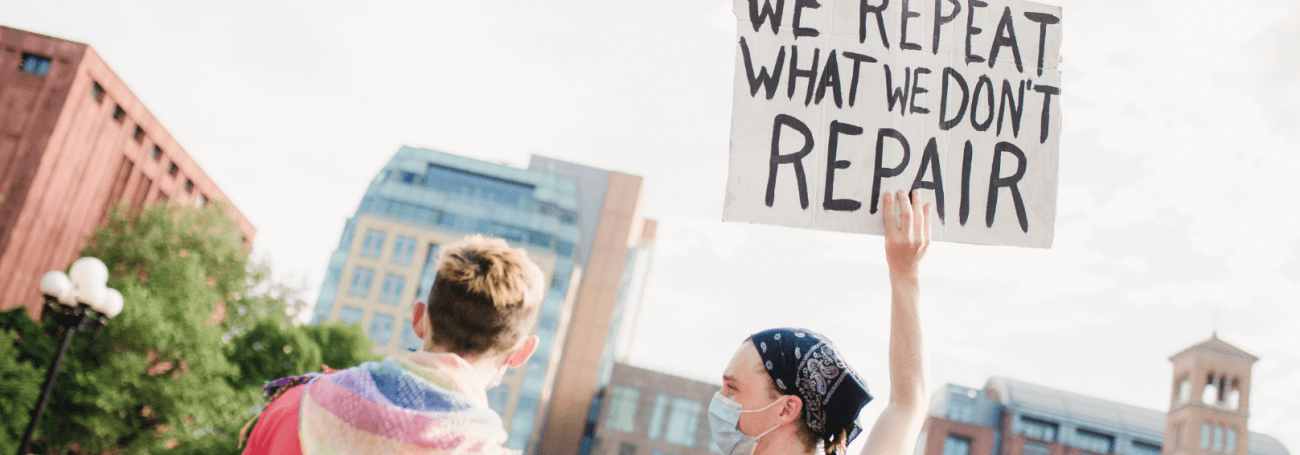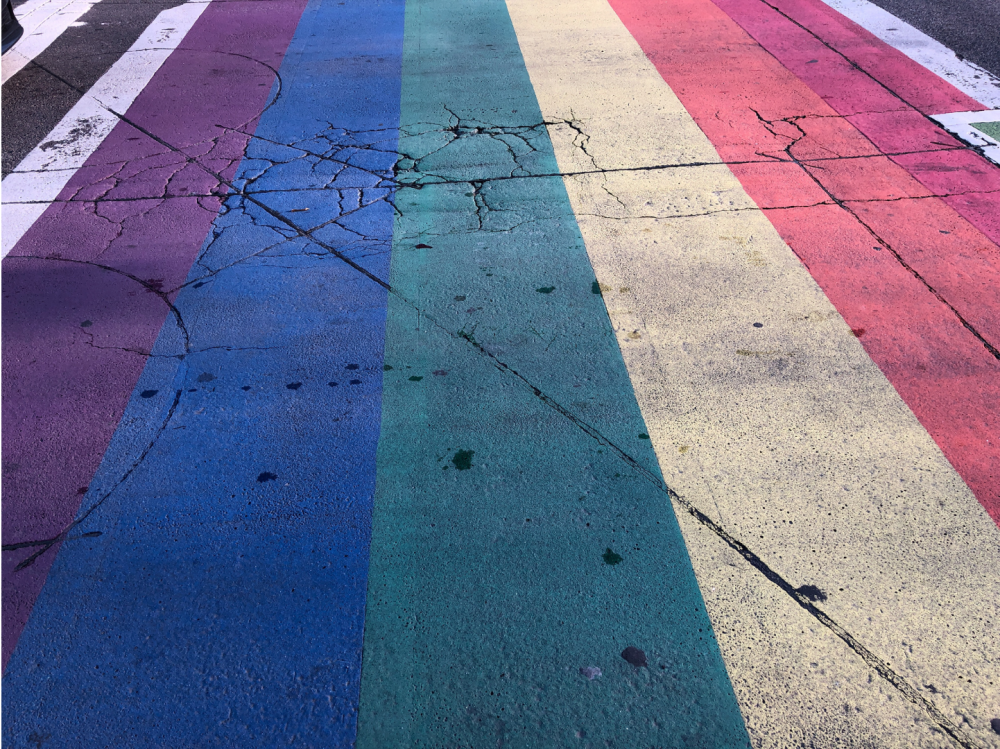
The diversity of legislation on gender and sexual diversity throughout the European Union is currently one of the most debated differences among political stances. Despite the advocacy of the EU for LGBT rights, the 27 Member States display a striking variety of legislative advances and developments. At the same time, the LGBT survey conducted by the European Union Agency for Fundamental Rights (2020) reveals that
- members of the LGBT community across Europe are victimised more often than members of the general population;
- under-reporting of hate crimes is widespread; and
- hate crimes cause more harm to the victim than similar, non-bias, crimes.
Hate crimes do not only undermine the individual victim’s dignity and impact negatively but also send a message to those belonging to the wider group: that LGBT persons do not deserve recognition, respect or equality (Godzisz and Viggiani, 2018).
The action-research project LetsGoByTalking explored knowledge and beliefs in relation to restorative justice and hate crimes and, using a victim-centred approach, strategies and experiences of restorative justice in relation to hate crimes.


